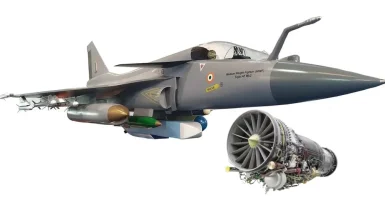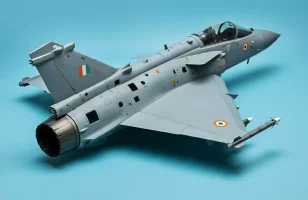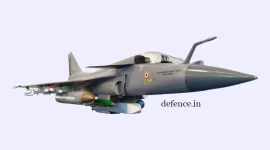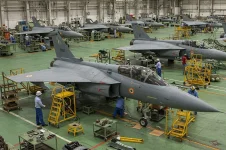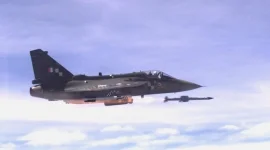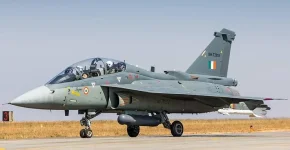- Views: 2K
- Replies: 3
In a significant strategic move to accelerate the development of the indigenous Tejas Mk2 fighter jet, Hindustan Aeronautics Limited (HAL) has announced plans to outsource crucial testing and development tasks to private Indian companies.
A detailed Statement of Work (SoW) has been issued, inviting private sector expertise for a three-year contract focused on Electromagnetic Interference/Electromagnetic Compatibility (EMI/EMC) testing and the development of the aircraft’s antenna systems.
This initiative aims to prevent potential delays and fast-track the advanced aircraft's induction into the Indian Air Force (IAF).
The decision addresses the immense complexity of modern 4.5-generation combat aircraft, which are densely packed with sophisticated electronic systems.
The scope of the work involves ensuring that the Tejas Mk2’s radar, communication equipment, electronic warfare suites, and mission computers can all operate simultaneously without interfering with one another.
By partnering with the private sector, HAL intends to leverage specialized skills, streamline the certification process, and align with the government's Atmanirbhar Bharat (self-reliant India) policy in defence manufacturing.
A primary focus of the outsourced work will be on achieving EMI/EMC certification. This is a critical safety and operational requirement, verifying that the aircraft's avionics are not only compatible with each other but also resilient to external electronic threats, such as enemy jamming.
The contracted firms will be responsible for a rigorous testing regime that simulates real-world combat scenarios, from conducted emissions on power lines to radiated susceptibility from hostile signals.
These tests will adhere to stringent international military standards (MIL-STD-461 and RTCA/DO-160) and will be conducted in specialised labs and on full-scale aircraft mockups before final in-flight validation.
This proactive approach is expected to avoid the certification challenges that affected earlier versions of the Tejas, allowing HAL to focus on core airframe integration, including the more powerful GE F414 engine.
Another vital component of the contract is the development and optimal placement of the aircraft's numerous antennas. The physical shape of a high-performance fighter can distort or block signals, potentially degrading the performance of communication, navigation (GPS), and identification systems.
To overcome this, the private partners will use advanced computational modelling and simulation software to predict how signals will behave and determine the most effective location for each antenna before physical installation.
This virtual prototyping method is projected to significantly reduce development timelines and costs.
The Tejas Mk2 will feature a comprehensive suite of antennas for a wide range of functions, including:
- V/UHF for voice and data communications
- TACAN and VOR/ILS for tactical navigation and landing assistance
- IFF (Identification Friend/Foe) for securely identifying other aircraft
- GPS for precise positioning
- Radar Warning Receivers (RWR) and Jammers for electronic warfare and self-defence
The private firms will be tasked with conducting periodic performance checks of the antenna systems during regular maintenance at IAF bases.
This will involve using portable scanning equipment to ensure the fleet remains in optimal condition, integrating with the IAF's modern sustainment protocols and potentially using AI-driven analytics for predictive maintenance.
This collaboration between HAL and the private industry marks a crucial step in building a robust domestic defence ecosystem and ensuring the timely delivery of a world-class fighter jet to the nation's armed forces.

